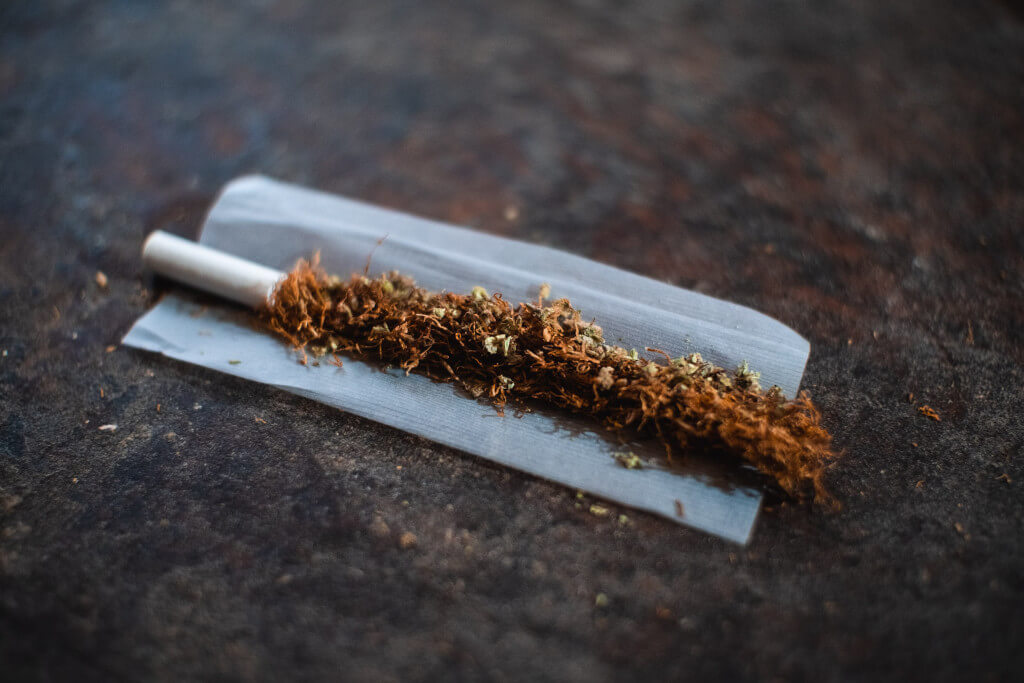The Problem of Drug Abuse in South Africa

The medical model of addiction treatment, which focused on acute care, has given way to a more all-encompassing approach to chronic care as the primary mode of intervention in the fight against substance abuse. People require both short- and long-term assistance to be successful in avoiding the use of addictive substances.
On the other hand, there’s a deafening silence in South Africa regarding new and novel approaches to recovery. The nation places an excessive amount of emphasis on the medical system. Even though it is accepted that addiction is an illness with physiological effects, which in turn influence other aspects of functioning, this remains the case. Because of this, we must move toward adopting a bio-psycho-social methodology, which contends that the requirements of disease and illness aren’t just biological, but also include that they have social and psychological aspects. To effectively manage addiction, it is necessary to take every one of these factors into consideration.
I conducted an in-depth investigation into the lives of 6 young African men, whose ages ranged from 20 to 33, who had successfully abstained from narcotic use for 3.3 years on average. They came from the Inanda, Ntuzuma, and KwaMashu neighborhoods located to the northwest of Durban in South Africa, where they were hired.
The primary purpose of the research was to investigate new and unconventional methods for reducing whoonga dependency, with the goals of bolstering recovery and advancing preventative measures.
The 6 young men I studied for my analysis took extremely different approaches to their road to recovery. Some people were able to recover without any assistance from institutions, while others required it. While others chose not to, some went the medical route. Some people required assistance from their families and the community. Some individuals did not.
The stories of these 6 individuals demonstrated that overcoming addiction is possible for some folks, but that the process of recovery is rarely documented when it takes place outside of a clinical or institutional setting.
The Whoonga and Nyaope Addiction In South Africa
As a result of my research, I concluded that South Africa must address the issue of opiate addiction by including socio-economic considerations in the planning of any intervention strategies. Among these are a skill shortage, joblessness, loneliness, and the acceptance of smoking marijuana as a norm among younger generations. For people’s beliefs to be accommodated by public policy, spiritual concerns must be taken into consideration. There needs to be a willingness to consider and incorporate alternative healing practices, as well as more conventional ones.
Addiction to whoonga or nyaope causes participants to undergo significant and potentially damaging changes. The drug is incredibly powerful and addictive, and it results in a high that is excruciatingly enjoyable. The substance may also be injected, inhaled, or snorted, and it may also be combined with other, less potent drugs.
In South Africa, opioids are frequently combined with marijuana in the preparation of addictive drugs. Whoonga addiction is typically started to find pleasure, as an escape from challenging situations in life, or simply out of tedium. The influence of one’s contemporaries and friends is predominant. However, it quickly becomes a weight to carry. The body transforms into a painful location. And finally, the individual who is addicted loses all concern for themselves, other people, and other aspects of life.
The Way Back to Health
Evidence that the study’s participants have successfully kicked their whoonga habit is presented. Participants discovered a determination from within, a concept that the inner wall within an individual is the source of the motivation to begin resistance. However, there is a need for support for this.
This is similar to the concept of healing capital, which states that a person can start the process of recovery, but for it to be successful, its financial support from both within and outside the individual. This indicates that individuals who were using opioids were given the support necessary to stay clean and thrive, and in certain instances, to begin the process of kicking the habit.
Even for attendees who undertook solo dry detoxification, having support from family and the community was shown to be essential for maintaining sobriety, achieving professional success, and flourishing in life. Without taking medication to ease the withdrawal symptoms or checking into a treatment center, this is the most difficult and uncomfortable way to give up smoking.
Even after resistance, the difficulties posed by the “threat environment” remained. These are the challenges that were affiliated with beginning drug use in the first place, and they were obstacles that stood in the way of the recovery process.
Recovery was embraced by members of the user’s family, friends, and community, who used them as examples to individuals who had not yet quit, demonstrating to them that sobriety was attainable through the process. The participants were given the chance to start a trend across the country by encouraging others to quit smoking through the use of social media. The findings of the study demonstrated the efficacy of utilizing a variety of treatment trajectories, including professional, non-professional, and sole trajectories, to achieve recovery.
What Comes Next
The federal government requires a plan of action to combat opioid addiction. This should guide various agencies, simplify and coordinate resource allocation, and involve multisectoral collaborative methods.
The strategy ought to incorporate both professional and non-professional, in addition to creative, approaches to providing support for the recovery process. Organizations in the United States such as Alcoholics Anonymous and Narcotics Anonymous have acknowledged the shift away from an emphasis on acute care and toward an emphasis on chronic care. Both the United Kingdom and Australia have been active in lobbying for legislation and establishing recovery houses. In 2019, Brazil announced the opening of its initial recovery residence in the southern region.
In addition to this, there ought to be a deliberate attempt made to dispel myths regarding whoonga or nyaope. For instance, the fact that they are components based on opioids. The campaign must also emphasize encouraging alternative approaches to drug addiction treatment that are delicate to the requirements of the local community and make use of a resource base that is easily accessible.
There are relatively few municipal rehabilitation centers in the country, and the ones that are operated by the private sector come at a high cost. This demonstrates the importance of paying consideration to the fact that societies can play a significant role, including acting as intermediaries in precautionary measures and after-care efforts.
Creating support groups for recovering peers is yet another creative approach that could be taken. Former whoonga drug users in these communities would have a place to go thanks to the existence of these groups. In addition, respondents would give individuals who are addicted to whoonga as well as the community the faith that conquering whoonga addiction is possible. As a consequence, it could reduce the stigma.
Such communities are in the best position to help initial healing experimentations in a compassionate and nonjudgmental manner because they are better placed to do so. Substitute precautionary measures must also be put into place. These might, for instance, reacquaint the younger generation with traditional African ways of living that help to encourage and strengthen a sense of identity in their individuality.
It’d be essential to ingrain the mechanisms of garnering membership into the community as well as guidelines on traversing the adulthood transition for instance, through the use of passage rituals among the younger generation. The takeaway here is that people’s deeds and mannerisms have an impact on the communities in which they live. Teaching personal accountability for the health and well-being of communities is a crucial part of successful prevention, and youthful individuals need to comprehend the sufferings of the communities in which they live.








